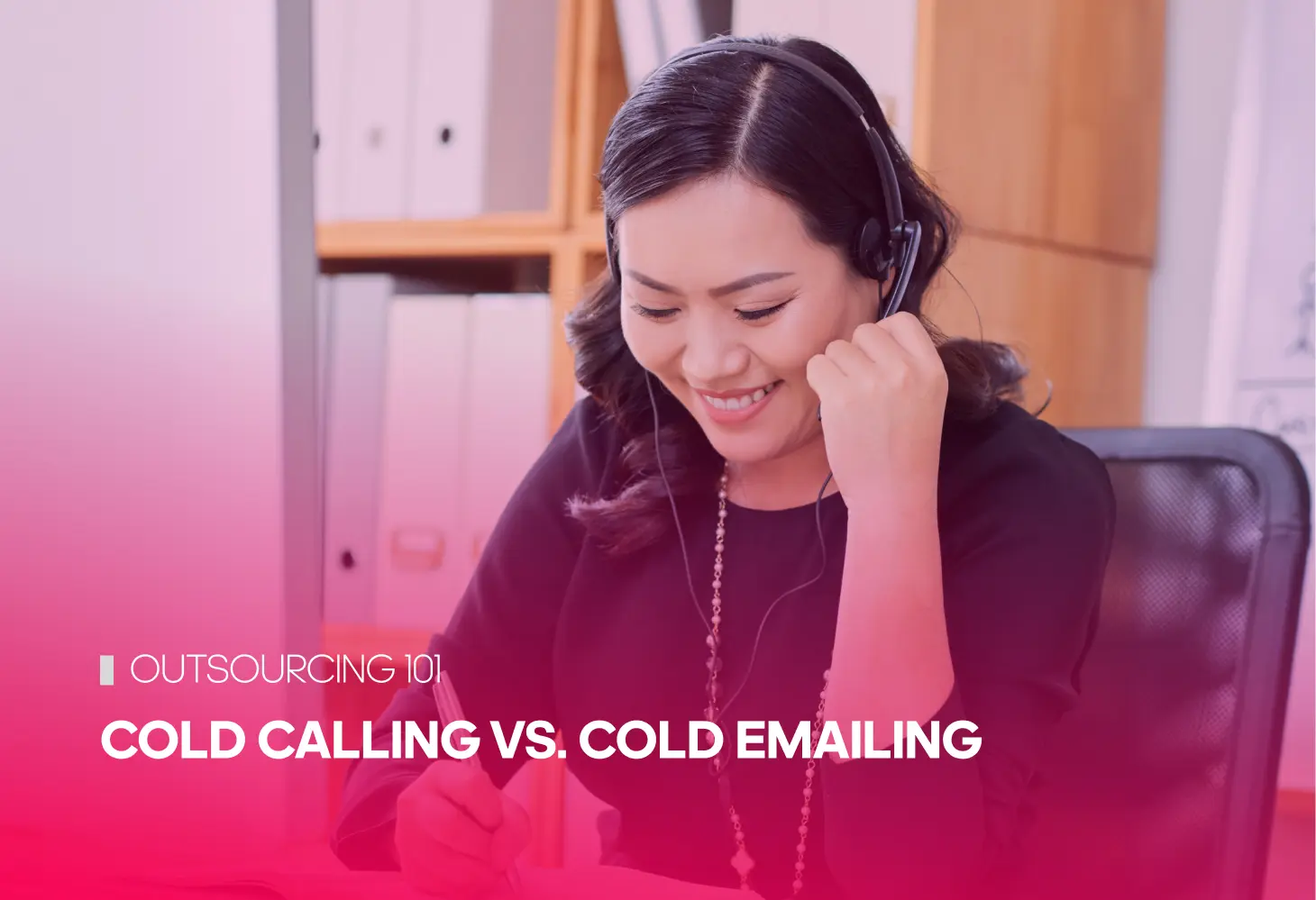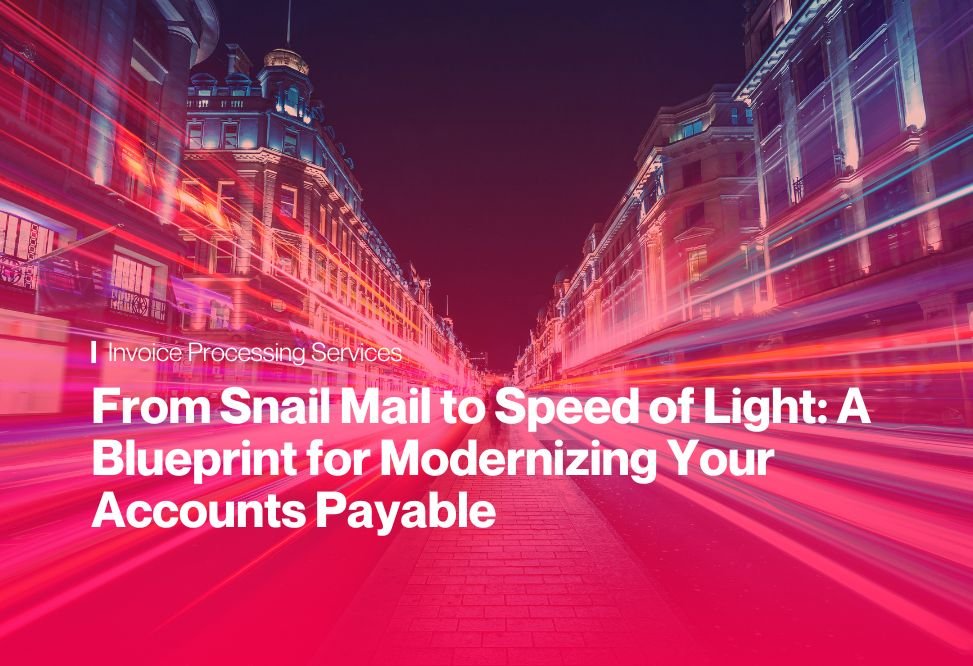You're at a networking event, and you spot someone you'd love to connect with. Do you walk up and start a conversation, or do you slip them a note with your contact details and hope they get back to you? This scenario mirrors the choice between cold calling and cold emailing in sales and outreach.
In one corner, we have cold calling. It is a method that’s as direct and personal as striking up a chat at a party. On the other hand, cold emailing is a strategy akin to sending a thoughtful message through a mutual acquaintance. Both have their strengths, but how do you decide which one hits the mark? Let's break it down and see which approach might just be your ticket to better results.

Pros of Cold Calling
Immediate Feedback
When you pick up the phone for a cold call, you get instant reactions from prospects. So you’re calling a potential client, and they immediately express interest or raise concerns. This real-time feedback allows you to adjust your pitch on the spot and address objections as they arise, making the conversation more dynamic and responsive.
Personal Interaction
A phone call is more personal than an email. It’s like having a face-to-face conversation, even if it's over the phone. According to a study by InsideSales.com, 92% of customer interactions happen over the phone. This personal touch can help build rapport and trust more quickly, which can be a crucial factor in closing deals.
Opportunity for Dialogue
Cold calling opens the door to a two-way conversation. Unlike email, where responses can take time and be delayed, a phone call allows for immediate back-and-forth dialogue. This interaction can lead to more engaging discussions, where you can better understand the prospect’s needs and tailor your responses accordingly.
Cons of Cold Calling
Time-Consuming
Cold calling can be a significant time investment. Each call can take several minutes, and you may spend additional time navigating through gatekeepers or voicemail. This process can be exhausting and may limit the number of prospects you can reach in a given day.
High Rejection Rate
Cold calling often faces a high rejection rate. Many people may not be receptive to unsolicited calls, leading to frequent hang-ups or refusals. In fact, research from Salesforce indicates that cold calling has an average success rate of only 2% to 3%, which can be discouraging for many salespeople.
Limited Reach
With cold calling, your reach is limited by the number of calls you can make per hour. This might restrict your ability to connect with a broader audience compared to other methods like emailing, where you can simultaneously contact many potential leads.
Pros of Cold Emailing
Scalability
Cold emailing allows you to reach a large audience with minimal effort. You can craft one compelling message and send it to hundreds of recipients at once. According to a report from HubSpot, 86% of business professionals prefer to communicate via email. This scalability makes cold emailing a cost-effective way to generate leads and build your contact list.
Time Efficiency
Once you’ve drafted your email, sending it is quick and efficient. This means you can focus your time on other tasks while your message is distributed. This efficiency is particularly beneficial if you’re managing multiple campaigns or juggling various responsibilities.
Trackable Metrics
Cold emailing provides valuable data through metrics like open rates, click-through rates, and response rates. This data allows you to analyze your campaign’s effectiveness and adjust your approach based on what’s working and what isn’t. Tools like Mailchimp and HubSpot make it easy to track these metrics and refine your strategy over time.
Cons of Cold Emailing
Delayed Response
Email responses can be slow. Your message might sit in a prospect’s inbox for days before they see it and respond. This delay can hinder your follow-up process and potentially cause you to miss out on timely opportunities.
Impersonal Feel
Cold emails can sometimes feel less personal and more automated compared to a phone call. Without the warmth of a conversation, your email might come across as generic or impersonal. According to Campaign Monitor, personalized emails can increase open rates by 29%, highlighting the importance of making your email feel tailored and relevant.
Spam Filters
There’s always a risk that your email will end up in the spam folder, especially if it’s not well-crafted or if you’re sending to a large list. This can severely impact the reach and effectiveness of your outreach efforts. A study by HubSpot found that about 21% of marketing emails are marked as spam, which can undermine your campaign’s success.
Combining Strategies for Optimal Results
Instead of choosing one method over the other, consider combining both cold calling and cold emailing to maximize your outreach. Here’s how you can integrate these approaches:
1. Initial Email Followed by a Call
Start with a cold email to introduce yourself and provide value. If you don’t get a response, follow up with a phone call to discuss the email in more detail. This approach helps you establish initial contact through email and then adds a personal touch with a call.
2. Phone Call Followed by a Follow-Up Email
If you manage to connect with a prospect via phone but don’t close the deal immediately, send a follow-up email summarizing your conversation and outlining the next steps. This reinforces your message and keeps the conversation going.
3. Segmented Approach
Use cold emailing for broad outreach and cold calling for more targeted follow-ups. This way, you can leverage the scalability of email for initial contact and then use phone calls for more personalized engagement.
Which is best for you?
In a nutshell, cold calling and cold emailing each offer benefits and challenges. Cold calling provides immediate feedback and personal interaction but can be time-consuming and has a high rejection rate. Cold emailing is scalable and time-efficient but may suffer from delayed responses and impersonal vibes. By combining both strategies, you can enhance your outreach efforts and increase your chances of connecting with potential clients. Ultimately, the best approach depends on your business goals, resources, and target audience. Experiment with both methods, analyze your results, and fine-tune your strategy to find the most effective way to engage your prospects.
About SPLACE
SPLACE is a dynamic and innovative business process outsourcing company that offers a wide range of outsourcing services to businesses worldwide. With a focus on delivering high-quality solutions, virtual assistance, IT solutions, and exceptional customer service, SPLACE has established the company as a trusted outsourcing and call center service provider to companies across various industries.
SPLACE comprises experienced professionals who deliver customized and cost-effective solutions to meet every client's business needs. The company believes in the power of technology and innovation to drive growth and success, and its main focus is helping clients succeed in an ever-changing business landscape.
Clients looking for support in data management, customer service, virtual assistance, technical support, or any other outsourcing need can seek help from the SPLACE BPO firm.
If you are interested in Splace’s Business Process Outsourcing Solutions,
Email: ceo@splacebpo.com or call us at
US: +1 929 377 1049 CA: +1 778 653 5218 UK: +61 483 925 479 AU: +61 483 925 479 NZ: +64 9 801 1818
NL: +31 20 532 2142










